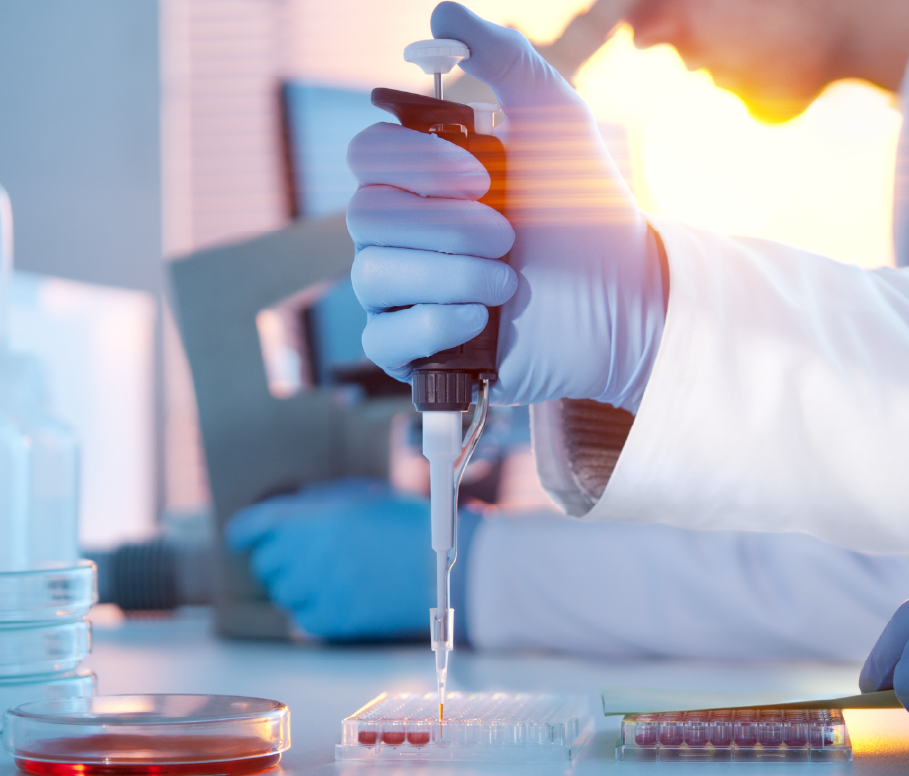Read coverage of the DevelopmentXChange event that inspired this blog post here.
New ideas, products and processes have been the engine of change and progress throughout history and across society. From groundbreaking inventions in technology and agriculture, to new approaches to manufacturing, to breakthrough vaccines and cures, innovation has the power to transform how we live. And in some cases, it goes even further—in some cases, innovation can quite literally be life-saving. The recent DevelopmentXChange event held in Washington, D.C., hosted by Saving Lives at Birth, highlighted just that.
It’s vital to support policies that foster innovation and protect the intellectual property of the inventors who take novel ideas and transform them into tangible realities. Groundbreaking new global health advances help patients around the world access much-needed care.
In what was billed as a “Shark Tank” style event for global health inventions, ten participants showcased some of today’s most impactful medical innovations that have the potential to change and save the lives of patients around the world. Some of the inventions that judges were most impressed by include:
FREO2 Foundation’s oxygen concentrator, which helps ensure children with pneumonia in resource-poor settings are able to consistently access uninterrupted oxygen therapy, even when access to sustainable electricity isn’t available. Using patented technology, FREO2’s oxygen concentrator can run on the energy generated by running water, ensuring that patients get the critical therapy they need, even in remote regions without electricity or in the event of a blackout.
The Pratt Pouch, developed by The Elizabeth Glaser Pediatric AIDS Foundation, which uses a uniquely designed, but easy-to-use squeeze packet to help prevent the transmission of HIV from mother-to-child during at-home deliveries. The patented pouch contains the exact amount of anti-AIDS medicine to prevent transmission of the virus during childbirth and can be easily used in settings where access to hospitals is limited.
The SubQ Assist device, developed by University of Michigan researcher Ibrahim Mohedas, which makes it possible for virtually anyone to insert long-acting contraceptive devices under the skin of a woman’s arm. The assistive device, which received a patent in 2016, helps guide the insertion of subcutaneous birth control implants in a safe and simple way and could help address the needs of 225 million women without access to contraceptives.
Gradian Health System’s innovative care delivery model won the DevelopmentXChange competition with its plan to establish a network of mobile health training centers to help improve medical care in regions where access to doctors and nurses is limited. This is one of several Gradian Health innovations; the company is best known for their patented universal anesthesia machine that works even in the event of a power outage.
These breakthrough products and processes highlight the immense promise that innovation holds in bringing meaningful and life-changing improvements to some of the world’s most vulnerable populations. New advances underscore the critical importance of promoting, protecting and incentivizing innovation. To ensure we continue to see groundbreaking new global health developments it’s vital to support policies that foster innovation and protect the intellectual property of the inventors who take novel ideas and transform them into tangible realities. They are impacting the lives of countless patients around the world.


